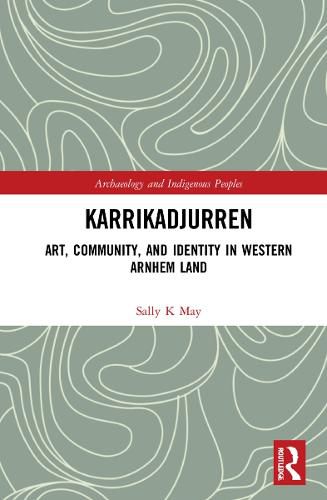Readings Newsletter
Become a Readings Member to make your shopping experience even easier.
Sign in or sign up for free!
You’re not far away from qualifying for FREE standard shipping within Australia
You’ve qualified for FREE standard shipping within Australia
The cart is loading…






Using a variety of disciplinary approaches including archaeological analysis and material culture studies, anthropology, historical research, oral histories, and reflexive ethnography, the social context of art creation is explored. May argues that Injalak Arts as a place activates and draws together particular social groupings to form a sense of identity and community. It is the nature of this community, or ‘Karrikadjurren’ in the local dialect, that is the primary focus of this book, with the artworks painted during this period providing unique insights into art, identity, community and innovation.
This book will be of most interest to those working in or studying archaeology, material culture studies, museum studies, anthropology, sociology, Indigenous studies, art history, Australian studies, rock art and development studies. More specifically, this book will appeal to scholars with an interest in the archaeology or anthropology of art, ethnoarchaeology, and the nature and politics of community archaeology.
$9.00 standard shipping within Australia
FREE standard shipping within Australia for orders over $100.00
Express & International shipping calculated at checkout
Using a variety of disciplinary approaches including archaeological analysis and material culture studies, anthropology, historical research, oral histories, and reflexive ethnography, the social context of art creation is explored. May argues that Injalak Arts as a place activates and draws together particular social groupings to form a sense of identity and community. It is the nature of this community, or ‘Karrikadjurren’ in the local dialect, that is the primary focus of this book, with the artworks painted during this period providing unique insights into art, identity, community and innovation.
This book will be of most interest to those working in or studying archaeology, material culture studies, museum studies, anthropology, sociology, Indigenous studies, art history, Australian studies, rock art and development studies. More specifically, this book will appeal to scholars with an interest in the archaeology or anthropology of art, ethnoarchaeology, and the nature and politics of community archaeology.